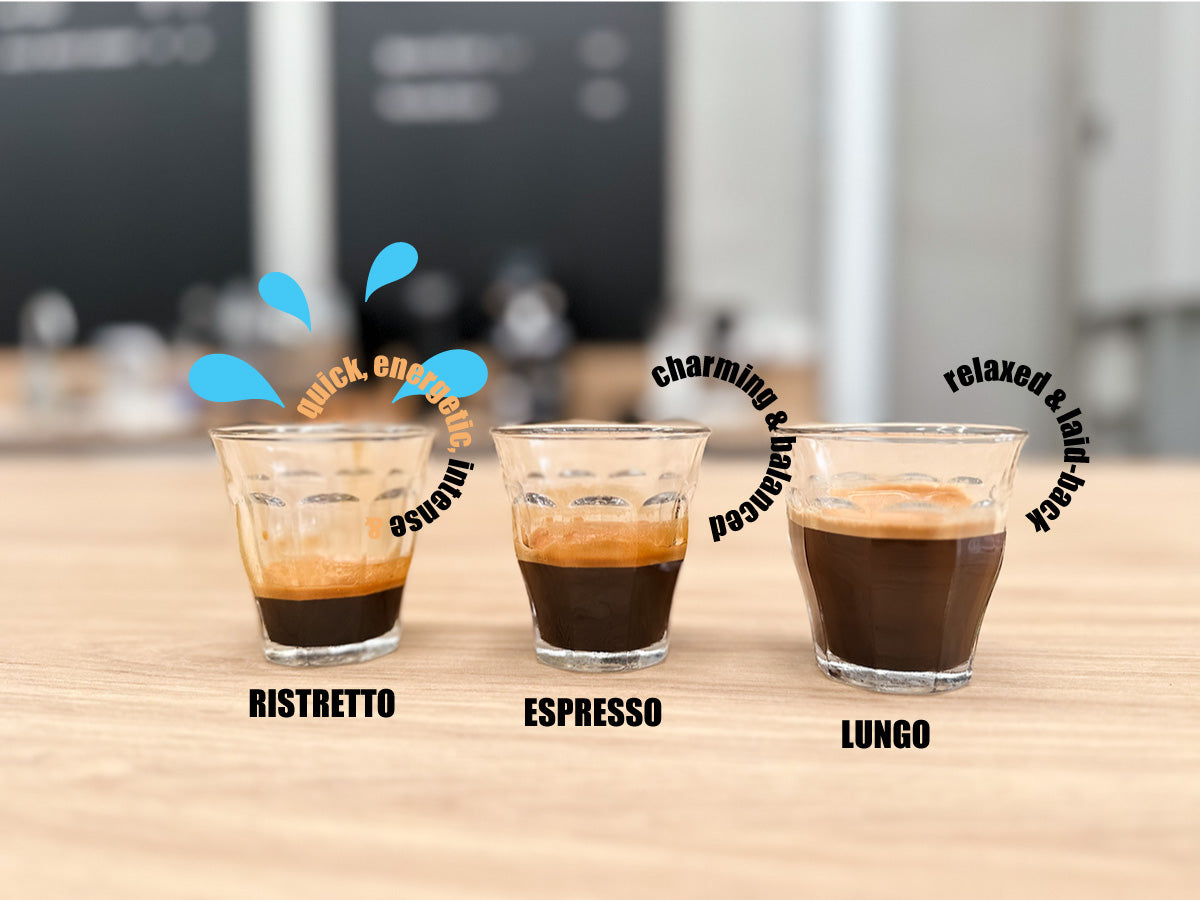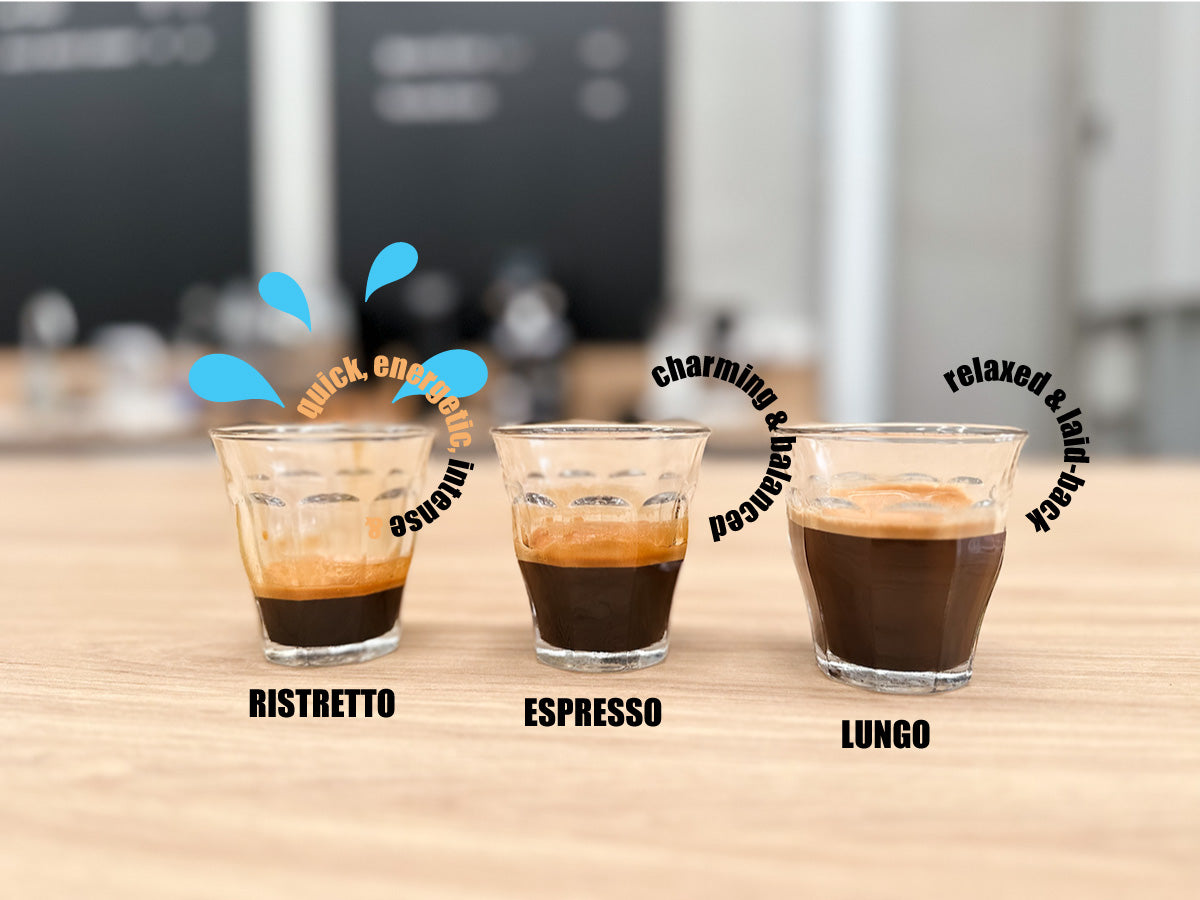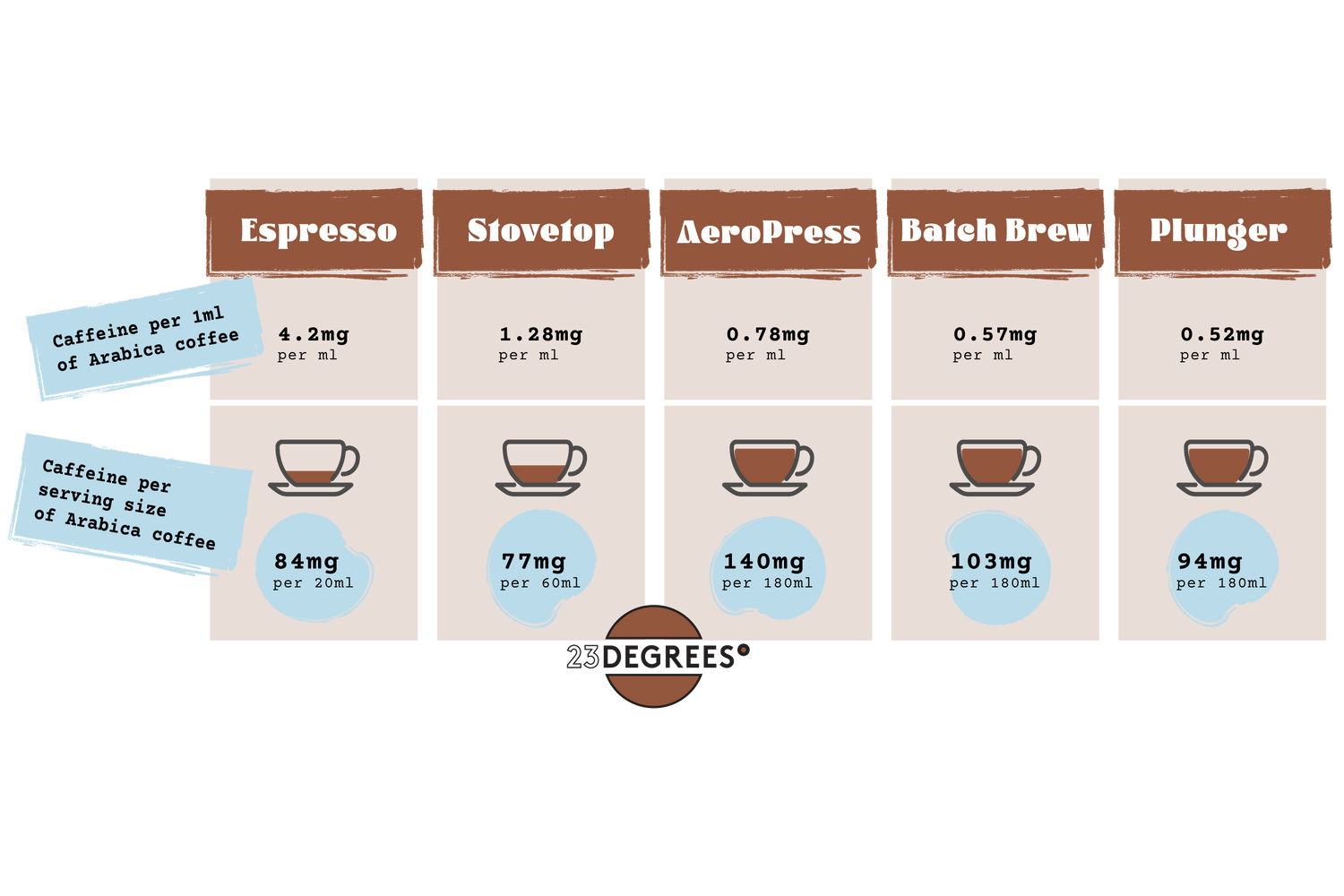Have you ever caught yourself staring at a coffee menu, puzzled between choosing a ristretto, espresso, or lungo? Each brew offers a unique coffee experience, so let's demystify these options, explore their tastes, and learn how each one is brewed. Who knows? You might just find your new favourite!
A Shot of History: The Invention That Kept Everyone at Their Desks
It all started in the early 1900s with Luigi Bezzera. Luigi wasn't just a coffee enthusiast. He was a man on a mission to keep his employees at work instead of lingering over coffee breaks. So, he invented the first espresso machine in 1901, basically to fast-track coffee brewing. Imagine brewing coffee that keeps your staff at their desks! Today, we’d say Luigi’s business faced productivity challenges, so he introduced office coffee. He, indeed, was ahead of his time. Different times, same challenges and similar solutions.
Bezzera's invention was brilliant but a bit rough around the edges. Along came Desiderio Pavoni, who bought the patent from Bezzera and polished the idea. He introduced the machine at the Milan Fair in 1906, and it was a hit. People didn't just get coffee; they got it fast. Pavoni's machine added some flair with steam pressure, making the coffee-making process look like a steam train docking at the station.
Through the 20th century, espresso machines got sleeker and more sophisticated. In the 1960s, machines switched from using steam pressure, which could burn the coffee, to a motor-driven pump. This meant the water temperature could be controlled more precisely, making a smoother and tastier espresso. It's like upgrading from a flip phone to a smartphone.
And today, espresso machines can do almost everything but drink the coffee for you (which is a good thing!).
What's with the name? Glad you've asked. The term "espresso" comes from the Italian word "esprimere," which means "expressed" or "pressed out." It's also a play on "express" because the whole point was to make coffee quickly. So when you order an espresso, you're essentially asking for a "quick press" of coffee.
Today, espresso has travelled the world and inspired a whole family of coffee drinks, including the ristretto (meaning restricted in Italian) and the lungo (meaning long in Italian).
Coffee Types Explained: Meet the Family and Discover Your Coffee's Personality
Ristretto: Intense and Punchy
Ristretto—literally "restricted" in Italian—is an even more concentrated espresso. It makes sense, right? It's all about a concentrated burst of coffee that packs all the punch of an espresso in a smaller sip. Ristretto uses less water and a shorter extraction time, intensifying the initial flavours like acidity and sweetness. It's like a quick, bright flash of coffee flavour that hits you with a bold taste but leaves out the bitterness.
Its personality: Think of the ristretto as the sprinter of the coffee world—quick, energetic, and intense. This little shot is all about getting to the point with a burst of flavour that's over before you know it. If the ristretto were a person, they'd be that friend who talks fast, walks fast, and thinks fast—always on the go and buzzing with ideas.
Espresso: Balanced and Charismatic
It's all about balance. With more water and a slightly longer brew time than a ristretto, espresso extracts a fuller spectrum of flavours. It picks up enough sweetness to balance its natural acidity and a touch of bitterness for complexity.
Its personality: Espresso is the smooth talker—charming, well-balanced, and knows just how to work a room. With just the right mix of sweetness and intensity, espresso is that friend who can strike up a conversation with anyone, anytime.
Lungo: Relaxed and Laid back
Think of the lungo as the relaxed version of espresso. It stays in contact with the water the longest, which means it extracts more from the coffee grounds. While it shares the basic brewing method with Espresso, the extra water makes it milder, though sometimes a bit more bitter if over-extracted. It’s like letting the tea steep a bit too long; you get more flavour, but not all of it is the kind you want.
Its personality: Lungo is the laid-back philosopher of the group, always ready to sit back and ponder the deeper things in life. This coffee takes its time, letting the water soak up all the nuances of the coffee grounds.
Flavour Science: How Your Coffee Gets Its Kick
Inside coffee beans, many tasty soluble compounds are locked up. When you grind the beans, you break them into smaller pieces, which makes it easier for water to access these compounds. As hot water comes into contact with the ground coffee, it begins to unlock and dissolve these flavours, a process known as extraction. However, during extraction, not all the tasty bits are released at the same time or at the same rate. Different flavours are extracted at different stages, starting with the bright, acidic notes, followed by sweet flavours, and finally, the bitter components if the extraction continues too long. This delicate timing is what makes each cup of coffee unique.
Here is some more detail on the sequence of unlocking soluble compounds throughout coffee extraction:
- Acids: Extracted early, these include citric, malic, and chlorogenic acids, which provide bright, tangy, and sometimes sharp flavours.
- Sugars: Also extracted relatively early, sugars like sucrose start to dissolve, adding sweetness that balances the acids.
- Aromatic Oils and Volatile Compounds: These compounds give coffee its distinctive aromas and flavours, including floral, fruity, and spicy notes, and are extracted fairly quickly.
- Maillard Reaction Products: As the extraction progresses, these compounds develop. They are created when sugars and amino acids react under heat, contributing to richer, more complex flavours.
- Bitter Compounds: Extracted later, these include caffeine and certain phenolic compounds like lignin and melanoidins, which can add a bitter edge to the coffee.
The sequence of flavour extraction generally moves from acidic and sweet to more bitter and complex flavours. This means a ristretto emphasises the early-extracting compounds, making it vibrant and less bitter. Espresso provides a well-rounded profile, capturing a wide spectrum of flavours from acidic to slightly bitter, all balanced within a rich taste. Lungo, with its extended extraction, tends to feature a broader range of compounds, including those that impart more bitterness, resulting in a fuller but potentially more bitter cup.
Step-by-Step Brewing Guides: Brew It Like Pro
Curious how to make these at home? Here’s your quick guide:
How to Brew Espresso
Use 22 grams of coffee to produce about 44 grams of espresso (1:2 dose-to-yield ratio) in 28-32 seconds, which is the standard for a well-balanced cup.
Brewing a Punchy Ristretto
- Start with the same 22 grams, but aim for a yield of 22-33 grams of coffee (1:1 to 1:1.5 dose-to-yield ratio) in 20-25 seconds.
Making a Smooth Lungo
- Again, 22 grams of coffee, but this time, let it run to about 66 grams of extracted coffee (1:3 dose-to-yield ratio) over approximately 40 seconds.
Food Pairing: What to Eat With Your Coffee
Of course, you can savour any of these brews on its own. You also could try to pair them with your favourite bites. If you’re sipping on a ristretto, its punchy and intense flavours are begging to be matched with something just as rich—think a slice of heavenly dark chocolate cake or a creamy tiramisu. What about our well-balanced espresso? Try pairing it with something sweet and crispy, like a yummy croissant or an almond biscotti.
Since a lungo is milder and lasts a bit longer, you’ll want to try something hearty. How about a slice of savoury quiche or a tasty toastie?
Found Your Match?
If you love a quick, flavorful, and intense coffee shot, ristretto is your go-to. Prefer a balanced and rich cup? Then espresso is for you. Or, if you enjoy your coffee milder, give a lungo a try. Each style offers a unique coffee experience, perfect for different moods and moments.
Now that you know the differences, why not experiment with your coffee routine and see which one you love the most?
Happy brewing!







